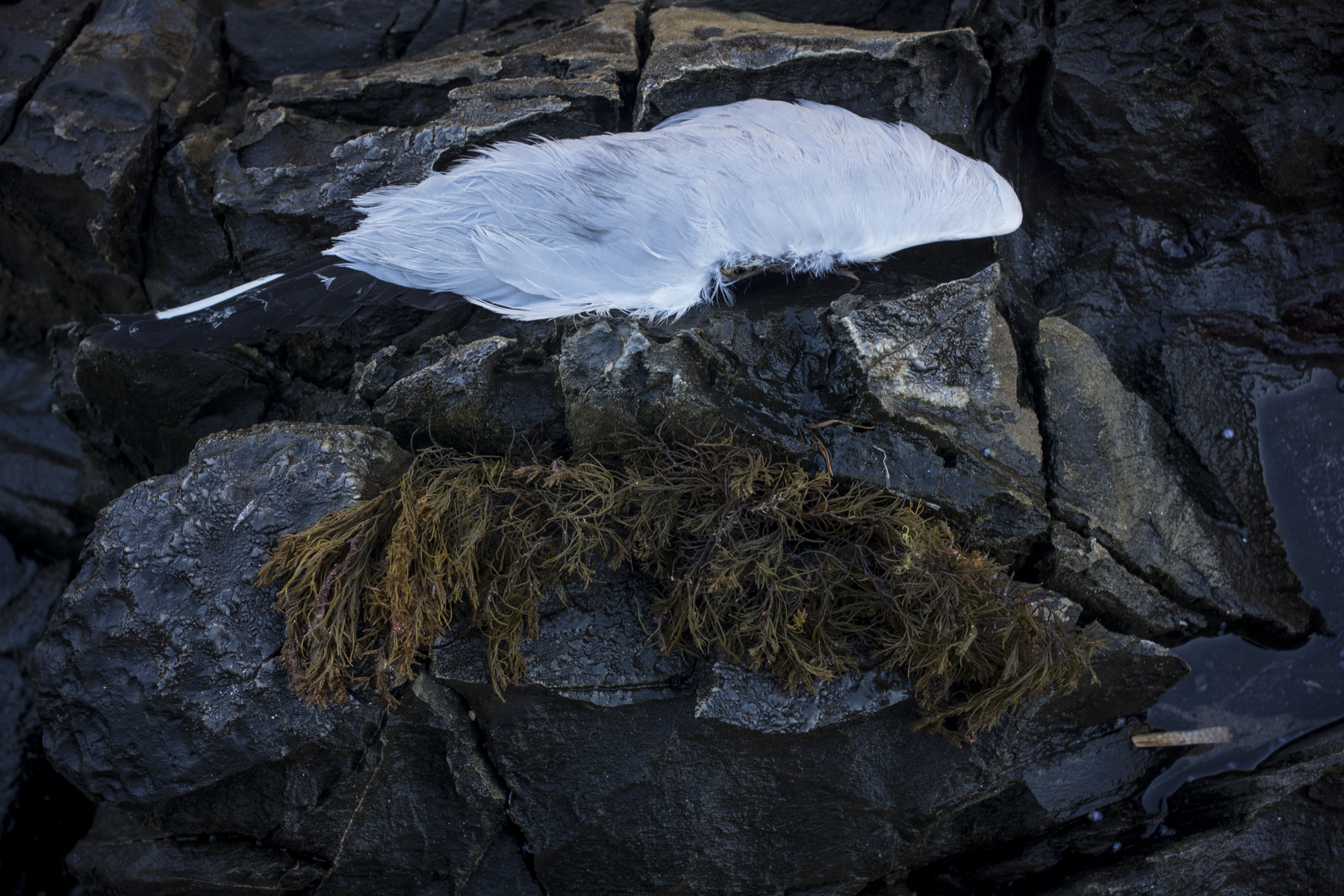The rains have come and gone in Queenstown. Today we are back to the bright sunshine with a bit of cloud cover. Yesterday was passing showers and misty conditions. The showers meant that I stayed close to the car when photographing so that I could sit them out.
In the morning I wandered around Gormanston. There are lots of ‘For Sale” signs–for blocks and houses— but there are few buyers. This is surprising, for Gormanston is just down the road from Lake Burbury. Why aren’t the fishermen buying the old houses for their fishing shacks?
Dreams die hard in this old mining village:

The brick walls were being built around the old tin wall. These were mostly completed and then everything stopped before the roof was put on. That’s what happens to old mining towns. They become ghosts towns.










